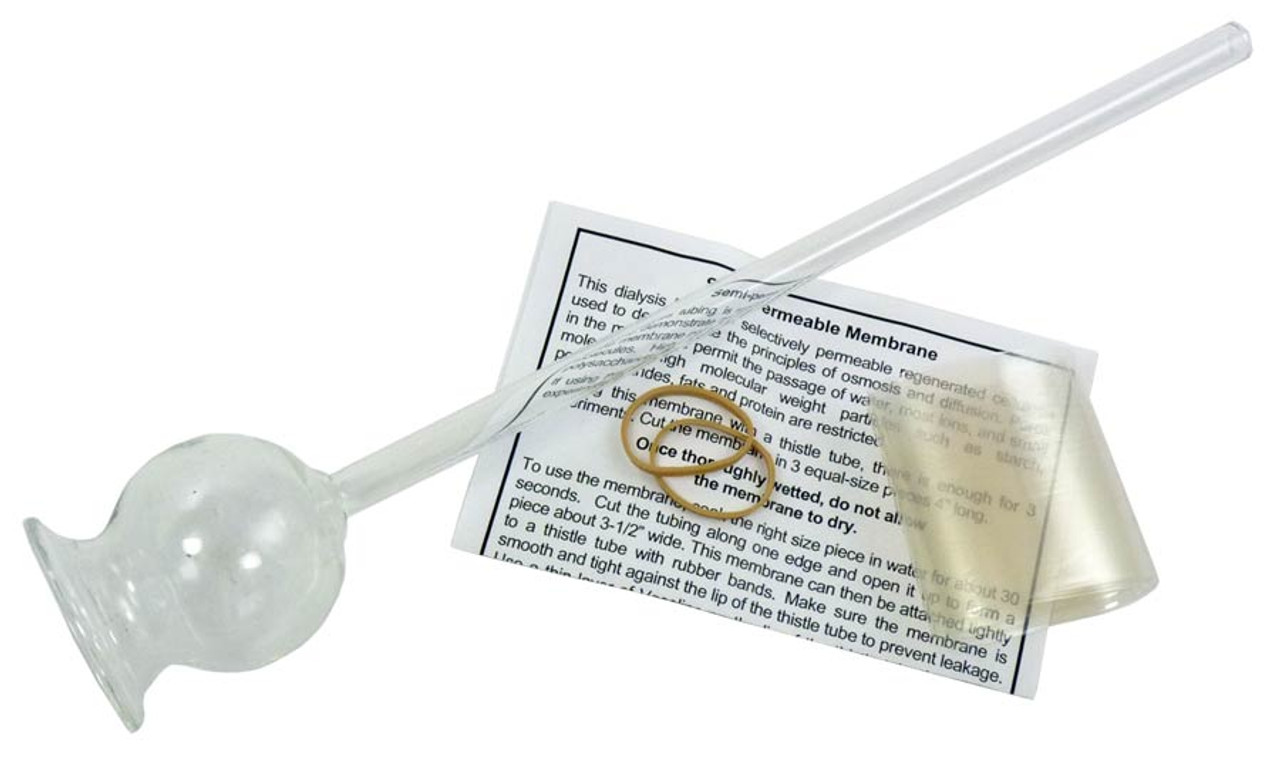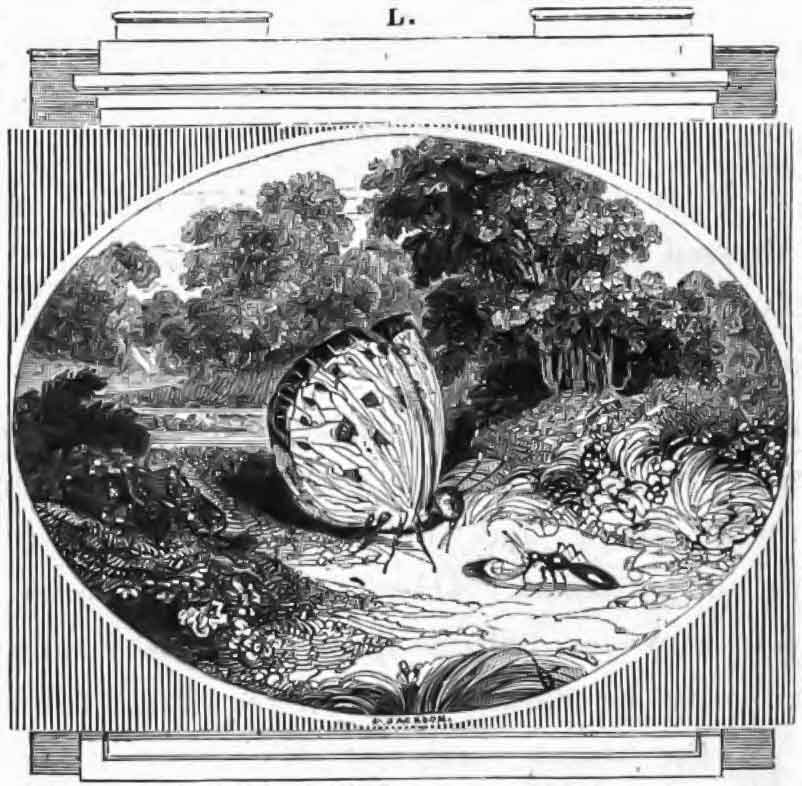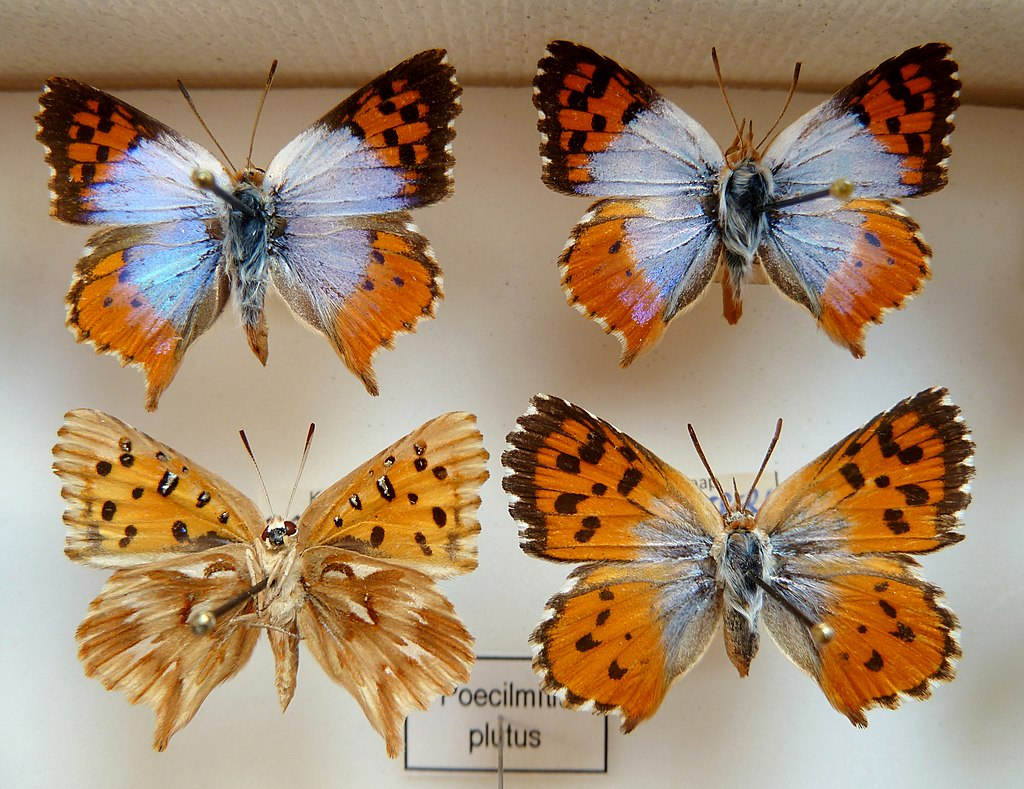Catecholamine (CA)
A catecholamine (abbreviated CA) is a monoamine neurotransmitter, an organic compound that has a catechol (benzene with two hydroxyl side groups next to each other) and a side-chain amine. Fitzgerald, P. A. (2011). "Chapter 11. Adrenal Medulla and Paraganglia". In Gardner, D. G.; Shoback, D. (eds.). Greenspan's Basic & Clinical Endocrinology (9th ed.). New York: McGraw-Hill. Retrieved October 26, 2011. Catechol,
Phosphopyruvate hydratase, aka enolase, is a metalloenzyme that catalyses the conversion of 2-phosphoglycerate (2-PG) to phosphoenolpyruvate (PEP), the ninth and penultimate step of glycolysis
Phosphopyruvate hydratase, usually known as enolase, is a metalloenzyme (EC 4.2.1.11) that catalyses the conversion of 2-phosphoglycerate (2-PG) to phosphoenolpyruvate (PEP), the ninth and penultimate step of glycolysis. The chemical reaction is:2-phospho-D-glycerate ⇌ phosphoenolpyruvate + H2O Phosphopyruvate hydratase belongs to the family of lyases, specifically the hydro-lyases, which cleave carbon-oxygen bonds. The systematic name of
Thistle tubes, thistle feeders, distelfinks and goldfinches
A thistle tube is a piece of laboratory glassware consisting of a shaft of tube, with a reservoir and funnel-like section at the top. Thistle tubes are typically used by chemists to add liquid to an existing system or apparatus. Thistle funnels are used to add small volumes of
The Ant and the Caterpillar
As an Ant of his talents superiorly vain,Was trotting with consequence over the plain;A Worm, in his progress remarkably slow,Cry’d ‘Bless your good worship, wherever you go!‘I hope your great mightiness won’t take it ill,‘I pay my respects from an
Plutus opal butterflies and black cocktail ants
Plutus opal Chrysoritis plutus Chrysoritis plutus, the Plutus opal, is a butterfly of the family Lycaenidae found only in South Africa. The wingspan is 24–28 mm for males and 26–35 mm for females. Flight period is two broods from August to December and January to April. Woodhall, Steve (2005). Field Guide to Butterflies of
-ium
word-forming element in chemistry, used to coin element names, from Latin adjectival suffix -ium (neuter of -ius), which formed metal names in Latin (ferrum "iron," aurum "gold," etc.). In late 18c chemists began to pay attention to the naming of their substances with words that indicate
A syrinx is a fluid-filled neuroglial cavity within the spinal cord, in the brain stem, or in the nerves of the elbow
A syrinx is a rare, fluid-filled neuroglial cavity within the spinal cord (syringomyelia), in the brain stem (syringobulbia), or in the nerves of the elbow, usually in a young age. Presentation Symptoms usually begin insidiously between adolescence and age 45. Syringomyelia develops in the center of the spinal cord, causing
HCO3 (bicarbonate)
In inorganic chemistry, bicarbonate (IUPAC-recommended nomenclature: hydrogencarbonate) is an intermediate form in the deprotonation of carbonic acid. It is a polyatomic anion with the chemical formula HCO3. Nomenclature of Inorganic Chemistry IUPAC Recommendations 2005 (PDF), IUPAC, p. 137 Bicarbonate serves a crucial biochemical role in the physiological pH buffering system. "Clinical correlates of pH levels: bicarbonate as a buffer".
Pterion and Pteron Notes
The pterion is the region where the frontal, parietal, temporal, and sphenoid bones join. It is located on the side of the skull, just behind the temple. R.M. McMinn.Last's anatomy regional and applied, 9th edition. Edinburgh (UK): Churchill Livingstone; 1994. Page 645 Structure The pterion is located in the temporal fossa, approximately 2.6 cm behind
Cryptanaerobacter phenolicus transforms phenol into benzoate via 4-hydroxybenzoate
Benzoic acid occurs naturally in many plants and serves as an intermediate in the biosynthesis of many secondary metabolites. Salts of benzoic acid are used as food preservatives. Benzoic acid is an important precursor for the industrial synthesis of many other organic substances. The salts and esters of benzoic
Rhodococcus phenolicus is a bacterium able to degrade phenol as sole carbon source
Rhodococcus phenolicus is a bacterium species in the genus Rhodococcus. Phenolicus comes from New Latin noun phenol -olis, phenol; Latin masculine gender suff. -icus, suffix used in adjectives with the sense of belonging to; New Latin masculine gender adjective phenolicus, belonging to phenol. This species is able to degrade phenol as sole carbon
Farnesol and Farnesene
Farnesol is a natural 15-carbon organic compound which is an acyclic sesquiterpene alcohol. Under standard conditions, it is a colorless liquid. It is hydrophobic, and thus insoluble in water, but miscible with oils. Farnesol is produced from 5-carbon isoprene compounds in both plants and animals. Phosphate-activated derivatives of farnesol
Baccharis is a genus of perennials and shrubs in the aster family (Asteraceae)
They are commonly known as baccharises but sometimes referred to as "brooms", because many members have small thin leaves resembling the true brooms. They are not at all related to these however, but belong to an entirely different lineage of eudicots. B. halimifolia is commonly known
Institut für Sexualwissenschaft
The Institut für Sexualwissenschaft was an early private sexology research institute in Germany from 1919 to 1933. The name is variously translated as Institute of Sex Research, Institute of Sexology, Institute for Sexology or Institute for the Science of Sexuality. The Institute was a non-profit foundation situated in Tiergarten, Berlin. It was the first
Experts warn of fatty liver disease ‘epidemic’ in young people
In Bristol University's study Children of the 90s, 2.5% of 4,000 people born in 1991 and 1992 were found by ultrasound scanning at the age of 18 to have non-alcoholic fatty liver disease; five years later transient elastography (fibroscan) found over 20% to have the
β-Methylamino-L-alanine, or BMAA
β-Methylamino-L-alanine, or BMAA, is a non-proteinogenic amino acid produced by cyanobacteria. BMAA is a neurotoxin and its potential role in various neurodegenerative disorders is the subject of scientific research. Structure and properties BMAA is a derivative of the amino acid alanine with a methylamino group on the side chain. This non-proteinogenic amino acid is classified as














